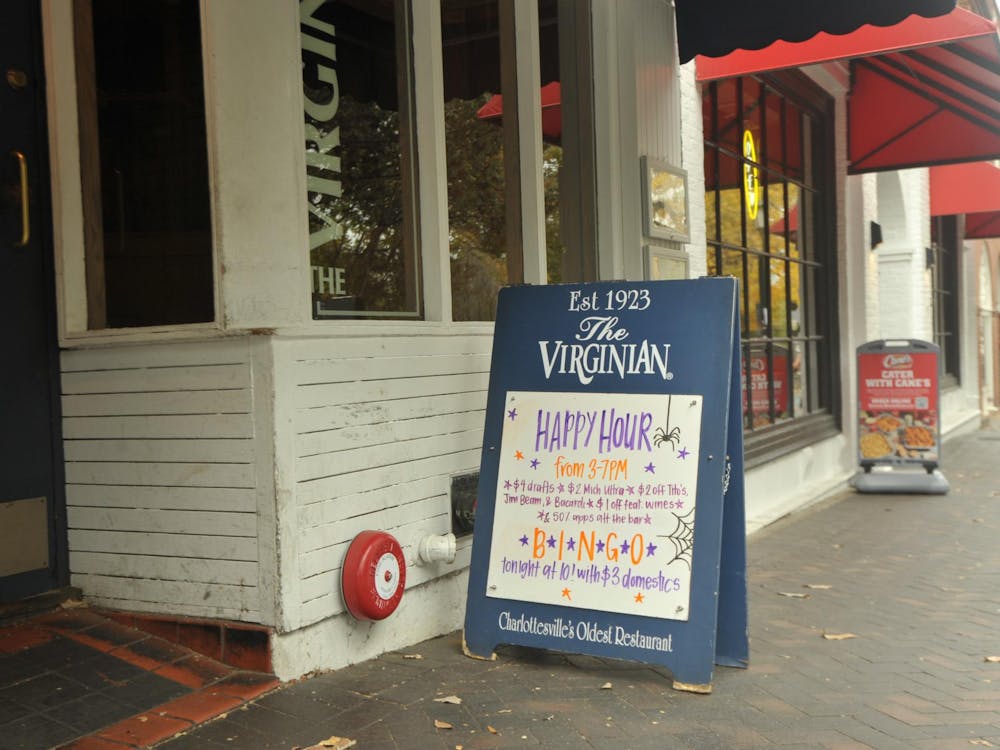Virginia officials have submitted the state's revised plan to fix the Chesapeake Bay watershed, meeting the Environmental Protection Agency's Nov. 29 deadline, according to the Office of the Secretary of Natural Resources.
The revisions, which have been backed by Charlottesville City Council, include additional details about how to meet pollution reduction goals and responded to significant last-minute changes in computer models that estimate pollution levels in the watershed.
The additions to the plan are intended to serve the region's best interests. As stated by Secretary of Natural Resources Doug Domenech in the cover letter for the plan, state officials "strongly believe a clean Bay is good for the economic well being of the State."
But the revisions may not be the best way of achieving this goal. Although City Council prefers the newly submitted plan, county officials continue to back the original water plan, which was unanimously approved in 2006.
In the opinion of John Martin - a former member of the Albemarle County Service Authority Board of Directors - the original plan was sufficient. When City Council voted to modify the plan this past September, Martin turned in his resignation, effective immediately.
"The original water plan is entirely sustainable and frankly is the perfect plan for this community," he said. "It provides for our water needs on a 50-year horizon and it will provide water for in-stream flow, which will in turn protect future water supply and water quality in the community."
In an Oct. 26 letter to Steven Snell, the dam safety regional engineer in the Virginia Department of Conservation and Recreation, Martin said "the plan relied upon drawing water from the Rivanna Watershed, located almost entirely within our borders, providing an onus for future protection of our watershed and our rural areas," which would yield positive results for Albemarle County.
As disagreements continue to arise among the four boards of authority over Charlottesville's water supply - City Council, the Albemarle County Board of Supervisors, the Rivanna Water and Sewer Authority and the ACSA - it may be difficult to meet the EPA's cleanup goals.
Essential to the newly submitted plan are actions to reduce the entrance of nitrogen, phosphorous and sediment into the bay from sources including industrial facilities, sewage treatment plants, urban areas, agriculture, forestry and septic systems in the state of Virginia.
To meet EPA requirements, the revised plan also identified problems and established solutions for dealing with the James River "based on its unique characteristics and on water quality standards that apply only to that river." One added requirement was to reduce the quantity of nitrogen flowing into the James River by 2.6 million pounds of nitrogen that flow into the James River basin from wastewater treatment plants.
The Virginia Department of Environmental Quality abstained from taking a side in the conflict between Charlottesville city and Albemarle County.
"The existing permit was approved by DEQ a few years ago; we believe it's adequate for what the community needs," said Bill Hayden, the department's director of public affairs and media relations. Nevertheless, he noted that if the community wishes to revise the water plan approved in 2006, department officials will be "willing to look into it"






